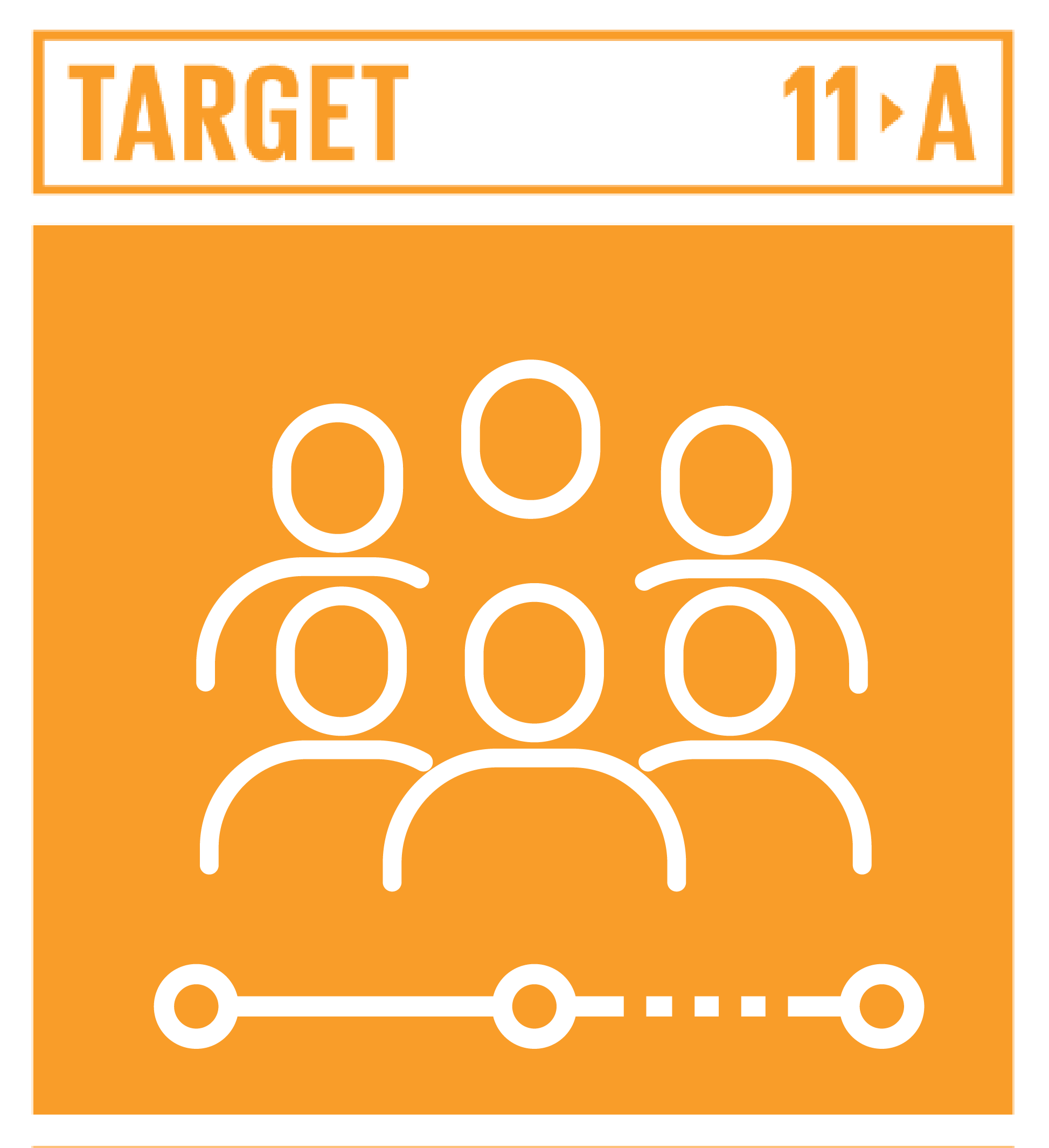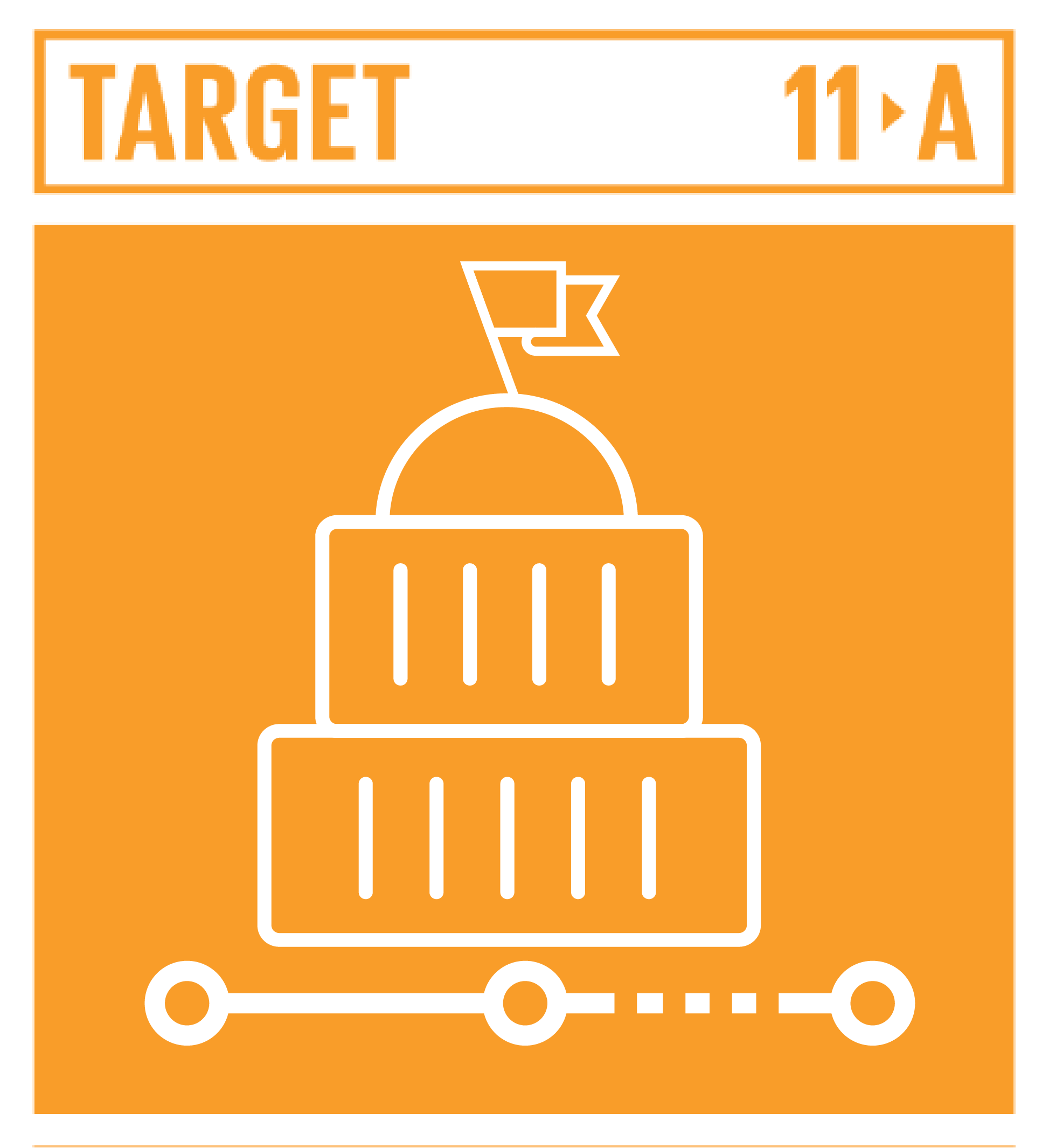Turkey
A deep analysis of Turkey National Urban Policy
Region: Asia & The Pacific

GDP per capita

Population (2016)

Population growth rate

Inflation Rate (2014)

Drinking water (rural)

Drinking water (urban)

Forested areas

CO2 emissions estimate

Labour force (females)

Labour force (males)

Female life expectancy

Male life expectancy

Unemp % of labour force

Urban population

Male education

Female education
Data presented above is obtained form 2018 NUP Database Booklet - (2018 WorldBank dataset), access it from the World Bank Dataset

TITLE OF NUP
ntegrated Urban Development Strategy and Action Plan (KENTGES) 2010-2023 (Explicit)

STAGE OF NUP
Monitoring And Evaluation Phase

LEADING AGENCY FOR URBAN DEVELOPMENT
Ministry of Environment and Urbanization

TIMELINE
2010

FOCUS
The policy focuses on promoting healthy, balanced, and liverable urban areas. The three main directions are: restructuring of the spatial planning system for increased coordination and capacity, improving the quality of space and life, and strengthening the social structures of settlements.
Thematic scope of Turkey NUP

Thematic attention
Economic
Development

Thematic attention
Spatial
Development

Thematic attention
Human
Development

Thematic attention
Environmental
Development

Thematic attention
Climate
Resilience
Graphical Representation
Legend:
12=Extensive
8=Moderate
4=Low
0=No Information
Measurement of how Turkey NUP fulfils
SDG 11.a.1 Qualifier

Population dynamics
The National Urban Policies for Turkey, does respond to the population dynamics as an SDG11.a.1 qualifier. Turkey NUP does focus on demographic trends and needs in their Monitoring And Evaluation phase.
YES

Territorial development
Turkey NUP does address a spatial coherent territory that includes a balanced system for human settlement. Cities and towns along the urban, periurban and rural continum is also focussed in the Turkey NUP.
YES

Local fiscal space
Turkey NUP does address the local fiscal space as SDG.11.a.1 qualifier. Their NUP ensures that local governments have resources to carry out activities at the local level.
YES

